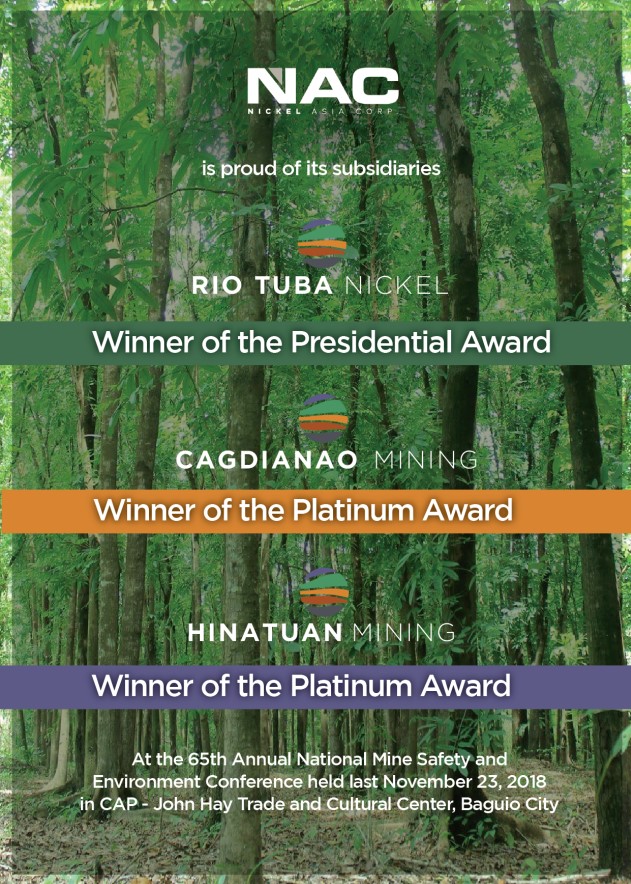Offshore mining project violates 2 more laws
THE proposed large-scale Offshore Mining Project in the Lingayen Gulf not only violates Proclamation 156 issued in 1993 by then President Fidel V. Ramos but also other earlier presidential proclamations and pertinent laws later enacted by Congress.
This was disclosed by Prof. Irene de Vera, head of the health, energy, disaster and environment department of the Pangasinan State University y (PSU) during the continuation of the Question Hour on the offshore mining project of the Iron Ore Gold and Vanadium Resources Philippines Inc. at the Sangguniang Panglalawigan on October 11.
Replying to Second District Board Member Von Mark Mendoza’s query, De Vera said the proposed offshore mining project will also undermine the proclamation signed in 1941 by President Manuel L. Quezon that proclaimed the Hundred Islands as a national park, one of the earliest in the country, and a subsequent presidential proclamation that proclaimed the right and left sides of the Hundred Islands as a sea scape and land scape.
Effectively, the impending mining project also violates the National Integrated Protective Area (NIPA) Act that designated the Hundred Islands, being part of the Lingayen Gulf, as one of the protected areas in the country, De Vera said.
“There are so many laws proving that the Lingayen Gulf is a critical area where no critical project should be undertaken,” echoed De Vera, maintaining that mining is a critical project and, therefore, exploration being done today by the company in the water off Sual, Labrador, Lingayen, Binmaley, Dagupan and San Fabian is a mining extraction activity.
De Vera worked with the Department of Environment and Natural Resources in Regions I, III and IV before she joined PSU where she teaches environmental science.
She wondered why the company was allowed to conduct exploration after obtaining a Financial Technical Assistance Agreement (FTAA) without first obtaining an Environmental Compliance Certificate (ECC) from DENR in accordance with the provisions of Presidential Decree 7942.
“There are two issues here—the FTAA and the ECC. One of the requirements prior to the awarding of an FTAA is the ECC and yet Vanadium Resources Philippines Inc. is still in the process of conducting Environmental Impact Assessment (EIA),” De Vera stressed.
Underscoring the fact that conducting EIA could take more or less one year, De Vera wondered on how the company managed to submit the scoping report even before conducting the required Information Education Communications (EIC) to inform the residents of all the coastal barangays, including the LGUs, the provincial government and the academe on the upcoming project.
However, Isabel Perez, head of the EIA section of the Environmental Management Bureau (EMB) regional office, maintained that under PD 1586, her office being in charge of screening all proposed mining projects, is guided by Annex U of Memo Circular 314-005 in relation to PD 1586 that states that all non-commercial mining projects “are still not covered by the EIA system”.
She said the exploration being done by the company still does not require an ECC, and will only be required if the project proceeds to its commercial stage… being an environmentally critical project, it’s when an ECC is required, and must undergo EIA assessment.
Asked by BM Mendoza if exploration is not environmentally critical, Perez said based on the latest guidelines that EMB is using, it is not environmentally critical.
Meanwhile, Ramon Santos, a geologist and consultant to the company, said they will use Seismic Echo Reflection Survey, the latest technology that determines surface structures, adding that they have already identified specific areas in the Lingayen Gulf for drill hole locations where they can obtain samples of materials underneath the sea floor.
He also said that they are not using any vessel to conduct sampling in the area but only bamboo rafts where will they load the needed equipment. (Leonardo Micua)








